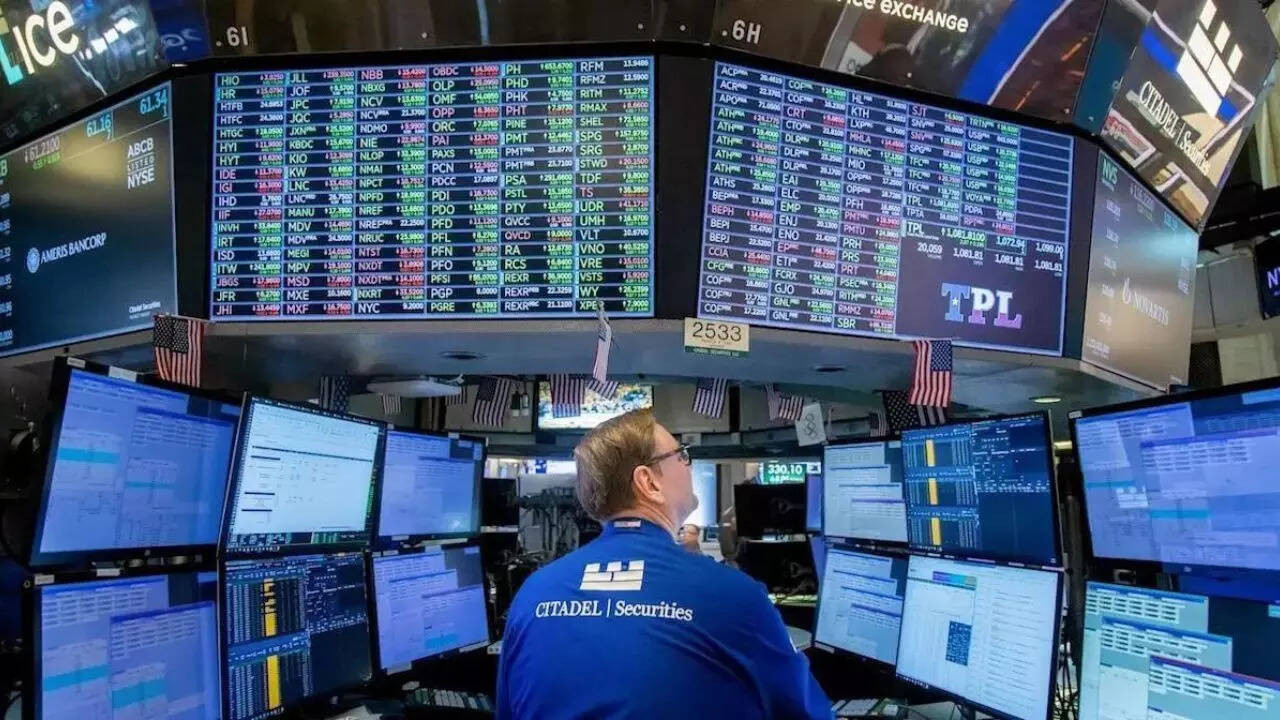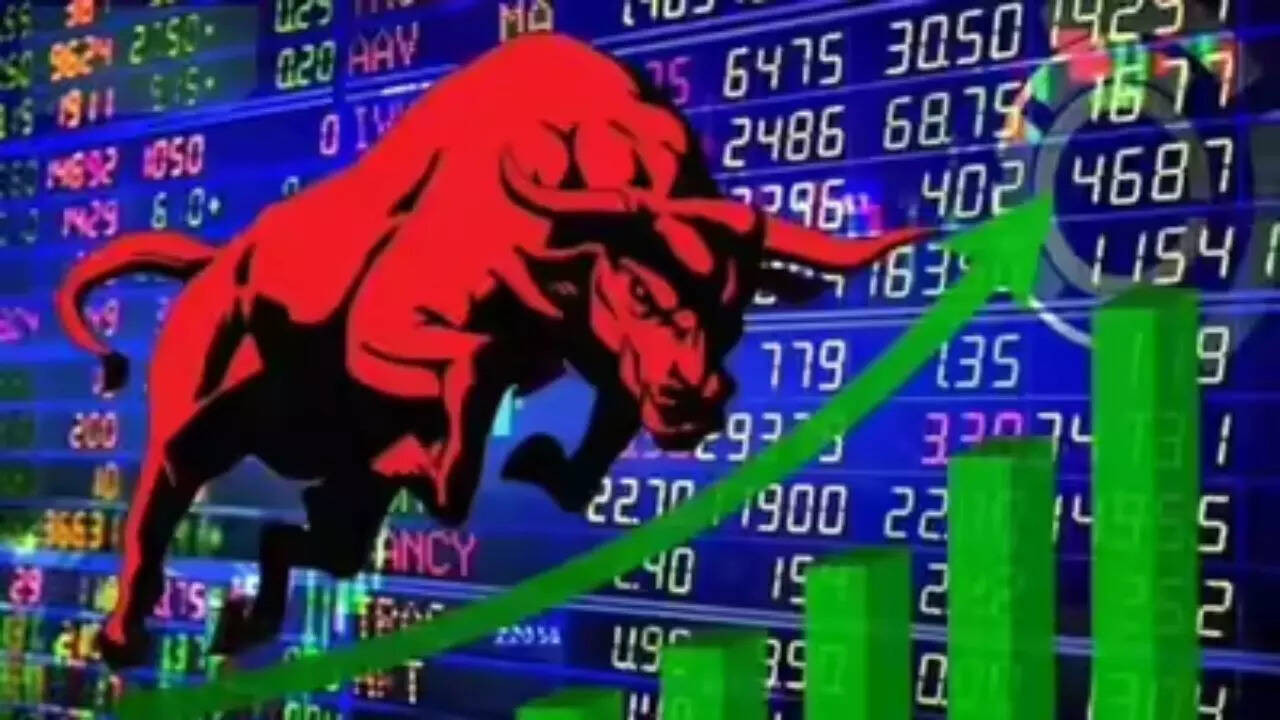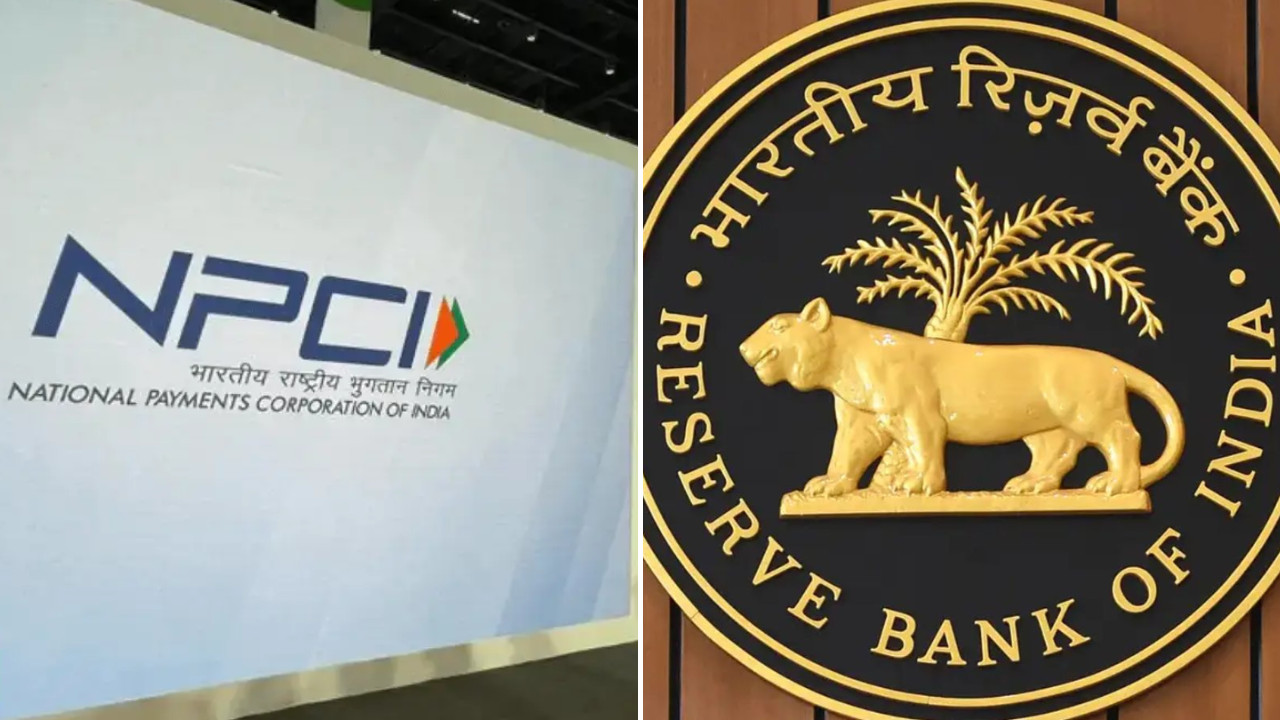The BSE Sensex is set for a rejig in June 2025, with Trent replacing Nestle India and Bharat Electronics Limited (BEL) stepping in for IndusInd Bank. This change reflects Trent and BEL’s strong performance compared to Nestle India and IndusInd Bank’s struggles.
Sensex Shake-Up: Old Guard Out, New Titans In – What This Means for Your Investments
Okay, folks, let’s talk about the markets. Specifically, let’s dive into something that always gets the investment world buzzing: a Sensex rejig. You know, that periodic reshuffling of the deck where some companies get promoted to the big leagues (the Sensex, of course), and others… well, let’s just say they’re looking for a new clubhouse.
The big news? Come June 23, 2025, we’re going to see some significant changes. IndusInd Bank, a long-standing player, is stepping aside, making way for Bharat Electronics Limited (BEL), the defense and aerospace behemoth. And in a move that’s got everyone doing a double-take with their morning coffee, Tata Group’s retail darling, Trent, is poised to knock Nestle, the purveyor of Maggi and all things comforting, off its perch.
Now, why should you, the average investor, care about this seemingly esoteric change to a stock market index? Because these changes reflect a much larger story about the Indian economy, evolving consumer preferences, and the rising stars in the corporate world. Think of the Sensex as a barometer, reflecting the shifting atmospheric pressure of the Indian market.
Let’s unpack BEL first. Its inclusion in the Sensex signifies a few things. First and foremost, it’s a nod to the government’s push for self-reliance in defense manufacturing. BEL, a public sector undertaking, is a crucial player in this national initiative. It also speaks volumes about the growing importance of the defense sector as a whole. We’re seeing significant investment in aerospace and defense, and BEL’s performance reflects that growth. Its elevation to the Sensex is a signal to investors – and perhaps even a validation – that this sector is not just strategically important, but also financially viable. It screams “future potential”.
And then there’s Trent. This is, in my opinion, the more fascinating story. Trent, the Tata Group’s retail arm, encompasses brands like Westside, Zudio, and Star Bazaar. While Nestle has been synonymous with the Indian consumer market for decades, Trent’s rise reflects a significant shift in spending habits. The young, aspirational Indian consumer is increasingly gravitating towards fast fashion, lifestyle products, and value-for-money retail experiences – exactly what Trent offers. It’s a clear sign that retail dynamism, led by organized players who deeply understand the pulse of Indian consumers, is gaining serious traction. This is not simply about replacing one company with another; it’s about acknowledging a generational shift in consumption.
What does this all mean for your portfolio? Well, it depends. First, let’s be clear: simply because a stock is in the Sensex doesn’t automatically make it a “buy.” And leaving the Sensex doesn’t automatically make it a “sell.” However, index funds and ETFs that track the Sensex will automatically adjust their holdings to reflect these changes. This can lead to increased buying pressure on BEL and Trent as these funds scramble to add them to their portfolios, and conversely, some selling pressure on IndusInd Bank and Nestle.
However, smart investors look beyond the immediate impact. This rejig is a good time to re-evaluate your own portfolio and ask yourself: Do my holdings reflect the changing dynamics of the Indian economy? Am I appropriately weighted towards sectors with high growth potential?
For example, if you’re underweight in the retail or defense sectors, this could be a signal to consider increasing your exposure (after doing your own thorough research, of course!). Similarly, if you hold a large position in a company that’s been a steady performer but is now facing headwinds (perhaps due to changing consumer preferences or increased competition), this could be a good time to reassess its long-term prospects.
The Sensex rejig is a reminder that the market is constantly evolving. It’s not a static entity, but a living, breathing organism that reflects the ever-changing economic landscape. Smart investors stay informed, stay adaptable, and are always willing to re-evaluate their strategies in light of new information.
Ultimately, the key takeaway is not simply which companies are in or out, but why. Understanding the underlying drivers behind these changes – the evolving consumer, the growing importance of specific sectors, the government’s policy initiatives – is what will truly help you navigate the market and build a resilient, future-proof portfolio. So, do your homework, stay informed, and happy investing! And maybe, just maybe, consider adding a little Zudio to your wardrobe to celebrate Trent’s big win. It’s market research, after all!
📬 Stay informed — follow us for more insightful updates!







